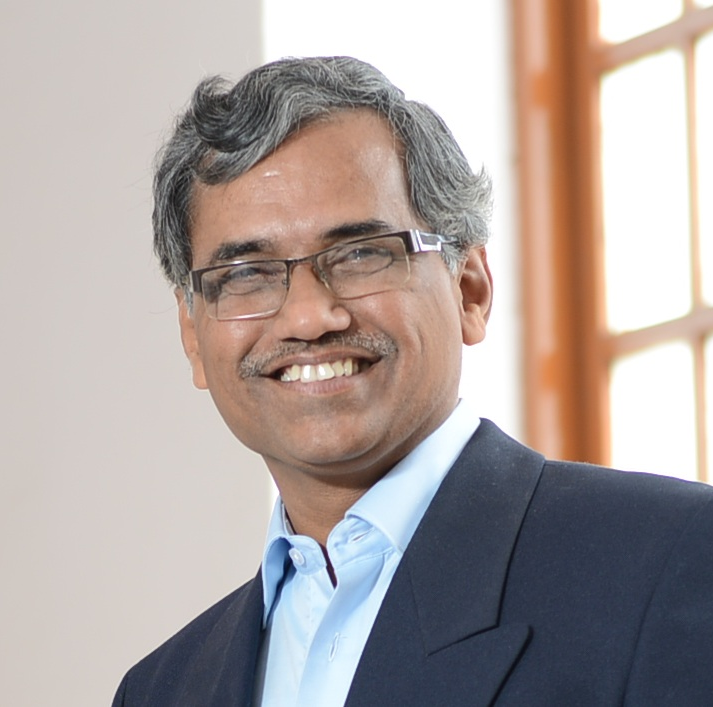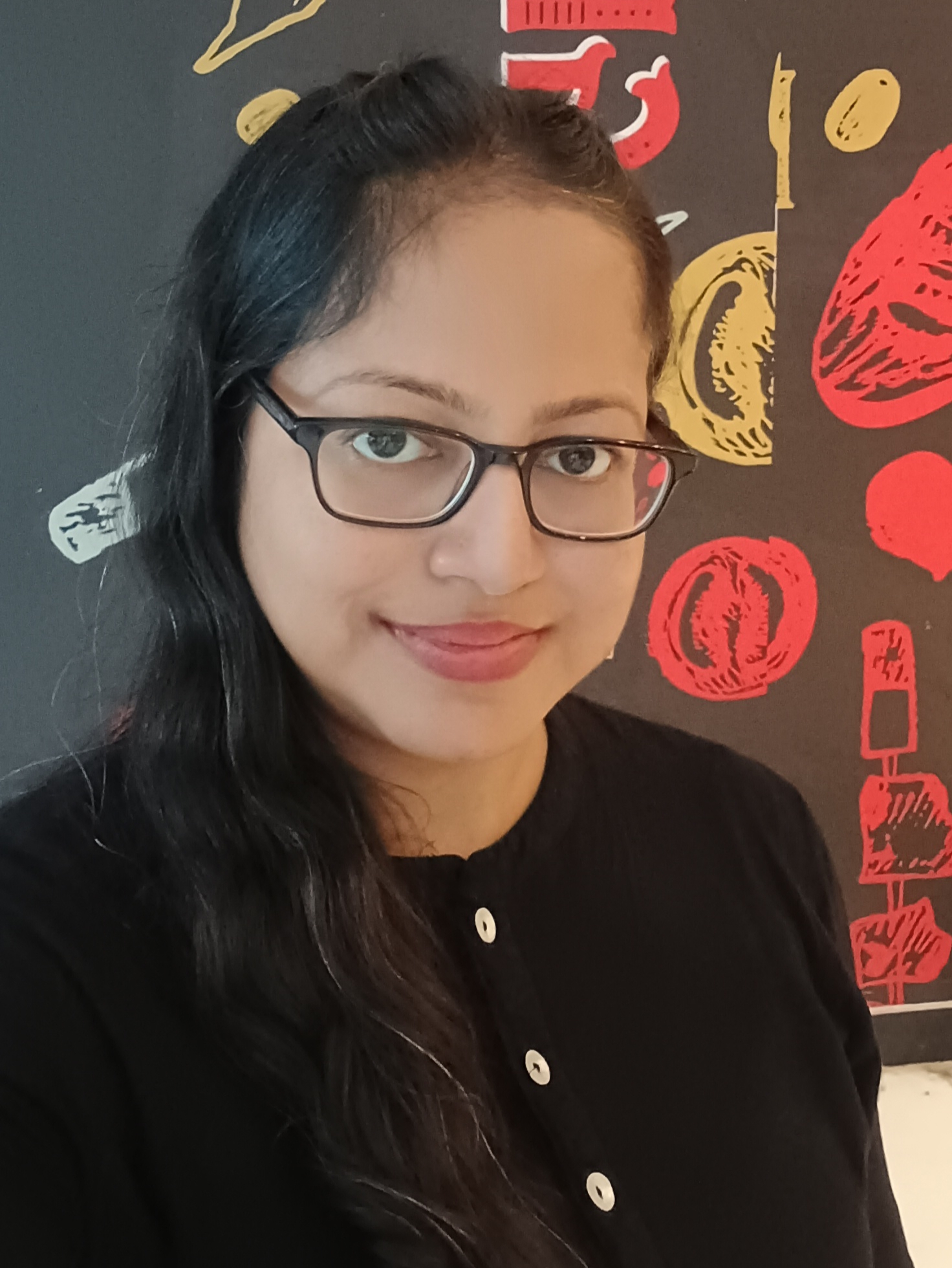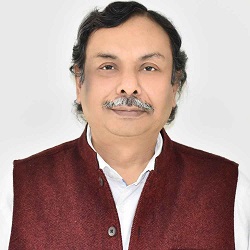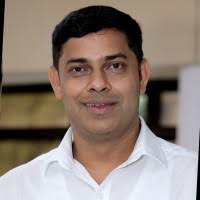
Title: Feature extraction by the brain and its implications for image processing.
Abstract: Human vision is the most sophisticated pattern recognition system known to us. Human sensory pathways use very rich, active feedback during the recognition process. For example, at the LGN, 31% of the synapses are due to feedback from the corticothalamic circuits, whereas only 7% are due to the inputs from the retinal ganglion (feedforward circuits). Also, attention plays a very important role in visual processing and perception by modulating the sensitivity and selectivity. Feedback connections are important in the differentiation of figure from ground, particularly in the case of stimuli of low visibility. Studies on primates have shown that both spatial and feature-based attention influence the neuronal representation of visual stimuli. Thus, there is a clear case for attention to finer details, based on feedback from higher-level processes. Deep learning systems use feedback to tune the system parameters during training. However, feedback is rarely used during testing. We proposed in 2010 and patented the attention-feedback mechanism in machine learning systems for increasing their performance. This talk will elucidate the importance of knowledge-based approaches in enhancing the performance of deep learning systems with several real-life examples.
Biography: Prof. Ramakrishnan A. G. is an adjunct faculty at the Dept. of Heritage Science and Technology at IIT Hyderabad. He is also the Organizational Development Consultant of IIIT Dharwad and Centre for Brain Research, IISc campus. He retired as a Senior Professor of Electrical Engineering and Centre for Neuroscience, Indian Institute of Science, Bangalore in July 2023. He obtained his M.Tech and Ph.D from IIT Madras. He graduated 22 Ph.D’s, 16 M.Tech’s by research, and guided over 100 M.Tech projects at IISc. He is a Fellow of the Indian National Academy of Engineering. As the leader of a research consortium, he was instrumental in creating handwriting recognition technologies for eight Indian languages. He received Manthan award (South East Asia and Asia Pacific) twice for creating Braille & audio books for blind students through his OCR and TTS in Tamil and Kannada. His areas of research are speech recognition in Indic languages, decoding of imagined words from EEG, brain functional connectivity analysis in modified states of consciousness, and the study of the physiological mechanisms behind the health and therapeutic effects of deep breathing. For his work on evoked potentials from leprosy patients, he received Sir Watt Kay Young Researcher’s Prize from the Royal College of Physicians and Surgeons, Glasgow. He was a Senior Research Scientist at Hewlett Packard Research Labs, Bangalore India from May 2002 to August 2003. He was an invited member of the Senate of IIIT-Allahabad, Prayagraj and the Federation of Indian Chambers of Commerce and Industry - Indian Language Internet Alliance. He was a member of the Knowledge Commission, Government of Karnataka during 2017-2020. He is also one of the founder directors of RaGaVeRa Indic Technologies private limited recognized by Karnataka Government as one of the Elevate 2019 Startup winners. The Kannada TTS developed by RaGaVeRa was evaluated to be better in quality than Google’s Wavenet TTS and Nuance’s Kannada TTS. He is also Principal Advisor of Bhashini AI Solutions Pvt. Ltd. His YouTube videos have 36000+ views so far and have 450+ subscribers.

Title: Scaling Industrial AI in Energy/Utility Domain.
Abstract: We shall discuss about how AI especially Computer Vision is utilized to develop large-scale real-life products to address industry requirements. These products have the potential to change the way the industry works now. These AI enabled products bring down the expenses, lower the risk of human life, improve the throughput and help in substantially scale up the industry. We shall focus on some particular use cases of our Computer Vision based product named Vigilance.ai, especially in the energy/utility sectors.
Biography: Dr. Swapna Agarwal is working as a Sr. Scientist with Sirius DigiTech: an AI joint venture between Adani and IHC, Abu Dhabi. She is looking into end-to-end product development on Industrial AI especially energy sector. Before joining Adani, she was working with TCS Research in the Cognitive Robotics Research Group. She has more than 17 years of experience into ML/CV and has done PhD in Affective Computing (Artificial Emotional Intelligence) from Indian Statistical Institute, Kolkata. She has 10+ patents granted to her credit and publications in Core A* conferences and High Impact factor journals. She serves in the Board of Studies of multiple academic institutes and program committee of several international conferences and journals.

Title: Computer Vision: An Enabler for Blue Economy.
Abstract: Computer vision is a cornerstone technology for enabling and enhancing various aspects of the Blue Economy. By giving "eyes" to underwater and maritime systems, it provides critical data and automation capabilities across numerous sectors.
Biography: Prof. Santanu Chaudhury did his B.Tech (1984) in Electronics and Electrical Communication Engineering and Ph.D. (1989) in Computer Science and Engineering from I.I.T., Kharagpur, India. Presently, he is a professor in the department of electrical engineering at IIT Delhi. He had been the director of IIT Jodhpur and the director of CSIR-Central Electronics Research Institute. He was also Dean of Undergraduate Studies at IIT Delhi. He held a number of chair professor positions at IIT Delhi. He was awarded the INSA medal for young scientists in 1993. He is a fellow of the Indian National Academy of Engineers (INAE), the National Academy of Sciences (NASI), and the International Association of Pattern Recognition (IAPR). He is also a recipient of the Distinguished Alumni Award of IIT Kharagpur. He has over 350 publications in reputed journals and conferences, and 15 patents with technologies commercialized by global industries. His areas of interest are Computer Vision, Artificial Intelligence, Digital Heritage, AR-VR, and multi-sensory media.

Title: Understanding Human Perception for Advanced Computer Vision.
Abstract: Insights from human visual development and processing can significantly enhance the robustness and capabilities of artificial vision systems. We first examine how early visual experience, specifically initial retinal acuity, profoundly shapes configural face processing; an abnormal early high acuity, unlike the typical low acuity of newborns, leads to deficits in face recognition, as seen in individuals with late-treated congenital cataracts. Computational models trained with bio-inspired blurred images demonstrate improved performance and generalization, offering a strategy for enhancing artificial face recognition. Secondly, we investigate the development of visual recognition's resilience to chromatic changes, highlighting that early immature grayscale vision fosters later color-independent recognition, whereas individuals who gain sight later in life often develop a higher reliance on color. Collectively, these findings underscore that understanding the adaptive mechanisms, developmental trajectories, and inherent robustness of human vision – including hierarchical processing, attention, and learning from varied stimuli – provides critical principles for designing more generalized, efficient, and resilient computer vision algorithms, bridging the gap between biological and artificial intelligence.
Biography: Prof. Tapan K Gandhi is working as Professor in the Dept. of Electrical Engineering, Cadence Chair Professor of AI and Automation, Associate Faculty in School of AI, IIT Delhi. Dr Gandhi was awarded the first INSPIRE Faculty in India in the engineering and technology category of the Department of Science and Technology, Govt. of India. During this 5 years tenure, he was awarded as the excellent INSPIRE Faculty by DST, Govt. of India. His research expertise spans from Computational Neuroscience, Brain imaging, Machine Learning, Cognitive Computing, Healthcare Technology to Artificial intelligence. He has published papers in top ranking journals like Nature, Science, PNAS, Current Biology, PloS Biology, IEEE Transactions. He has more than 250 publications in International journals and conference proceedings. He has received many awards in India (including one from Ex-President of India, Dr Kalam) and abroad for his academic excellence and groundbreaking research. His research work is not only published in top-notch journals but also appeared in many popular presses including TIME magazine, the Boston Globe, the New York Times, MIT News, Harvard News, Wall street Journal and also in the SCIENCE Magazine. Dr Gandhi’s work was selected as cover page in Science Magazine in 2015. He has delivered many invited talks in National and International Universities like MGH, Harvard University, Yale University, MIT, Copenhagen University, University of Groningen, Sorbonne University. He has guided 20 PhDs and more than 40 master thesis and currently 13 PhD students are registered with him working at the interface of natural and artificial intelligence. Dr Gandhi’s lab is involved in various Govt. funded, International projects, and Industry consultancy. He is serving as expert member (Task Force) in various research and strategic committees in Govt. of India including expert member under the National One Health Mission (The apex body in India) to formulate Technology enhanced integrated surveillance and outbreak investigation. He has six patents and three technologies transfer to Ministry of Social Justice, Govt. of India. He has received Platinum Jubilee YOUNG SCIENTIST award 2015 by National Academy of Science in INDIA and GYTI 2019 Award, Chair Faculty Fellow (iHUB DivyaSampark, Technology Innovation Hub, IIT Roorkee) and Abdul Kalam Technology Innovation National Fellowship. He is elected Fellow of National Academy of Engineering (FNAE), Elected Fellow of National Academy of Sciences, India (FNASc.) and elected Fellow of International Artificial Intelligence Industry Alliance (AIIA).